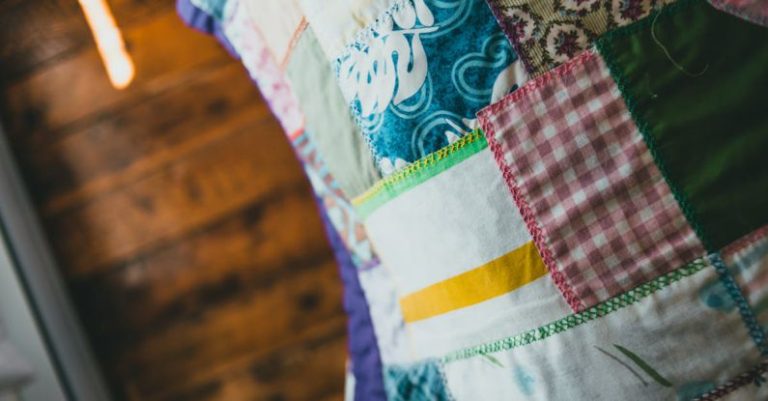
Creating a beautiful quilt involves several steps, and one crucial stage in the process is making what is known as a quilt sandwich. This term refers to the layering of the quilt top, batting, and backing before the actual quilting can take place. Properly preparing the quilt sandwich ensures that the layers will stay together during the quilting process and for years to come. Let’s explore the steps involved in making a quilt sandwich to achieve professional and durable results.
Choosing the Right Materials
Before you begin assembling your quilt sandwich, it’s essential to choose quality materials that will complement each other well. Select a quilt top that you have meticulously pieced together, a batting that suits the desired warmth and loft of the quilt, and a backing fabric that coordinates with the quilt top. Ensure that all fabrics are pre-washed and pressed to prevent any shrinkage or distortion during the quilting process.
Layering the Quilt Top, Batting, and Backing
The first step in making a quilt sandwich is to lay the backing fabric on a flat surface, wrong side facing up. Smooth out any wrinkles or folds to create a clean foundation for the quilt layers. Next, place the batting on top of the backing fabric, ensuring that it is centered and extends beyond the edges of the quilt top.
Once the batting is in place, carefully position the quilt top on top of the batting, right side facing up. Align the edges of the quilt top with the edges of the batting and backing fabric to create a neat and even sandwich.
Basting the Layers Together
To secure the layers of the quilt sandwich in place, basting is necessary. There are several methods for basting a quilt sandwich, including using safety pins, thread basting, or basting spray. Whichever method you choose, the goal is to hold the layers together to prevent shifting during the quilting process.
If using safety pins, start in the center of the quilt sandwich and work your way outwards, placing pins about 4-6 inches apart. Ensure that the layers remain smooth and taut as you baste to avoid any wrinkles or puckers in the finished quilt.
Quilting the Sandwich
With the layers securely basted together, the final step in making a quilt sandwich is quilting. This process involves stitching through all layers of the quilt to create a decorative design and secure the layers permanently. Quilting can be done by hand or with a sewing machine, depending on your preference and the desired look of the quilt.
When quilting, start from the center of the quilt and work your way outwards to prevent any excess fabric from forming. Experiment with different quilting patterns and techniques to add texture and visual interest to your quilt.
Finishing Touches
After quilting is complete, trim any excess batting and backing fabric from the edges of the quilt to create a clean and uniform finish. Consider adding binding to the edges of the quilt for a polished look and added durability. Finally, give your quilt a good press to set the stitches and smooth out any wrinkles.
In conclusion, making a quilt sandwich is a crucial step in the quilting process that ensures the longevity and professional finish of your quilt. By carefully selecting materials, layering the quilt top, batting, and backing, basting the layers together, quilting the sandwich, and adding finishing touches, you can create a beautiful and functional quilt that will be treasured for years to come.





